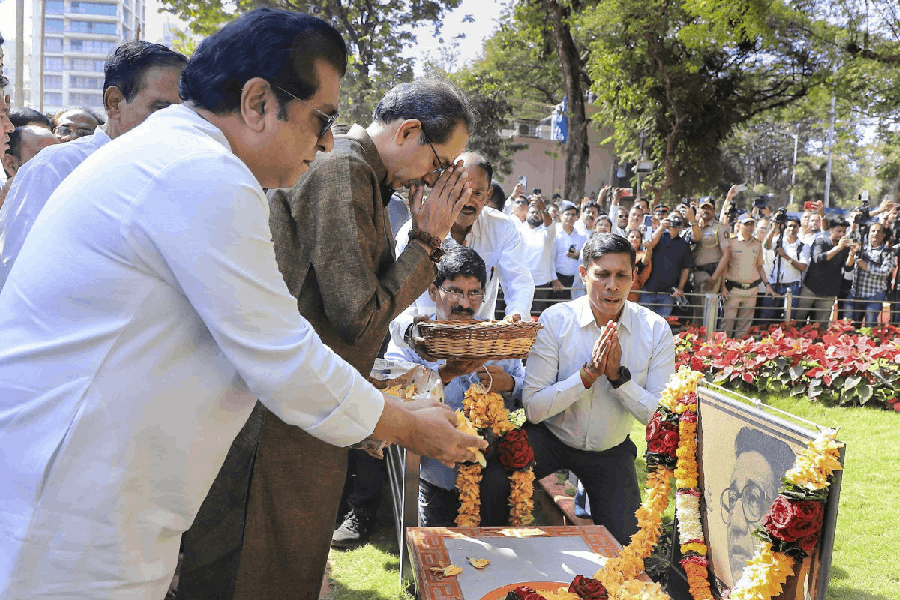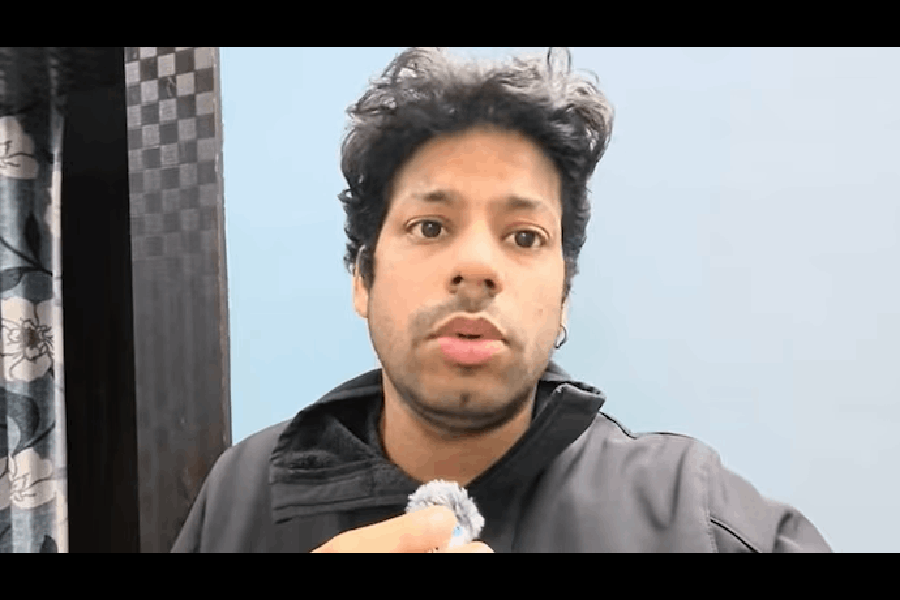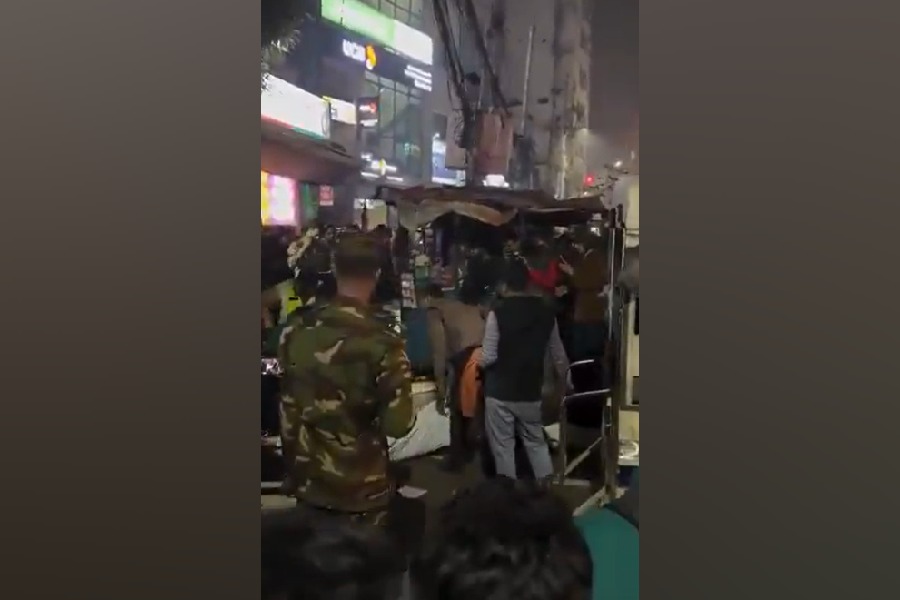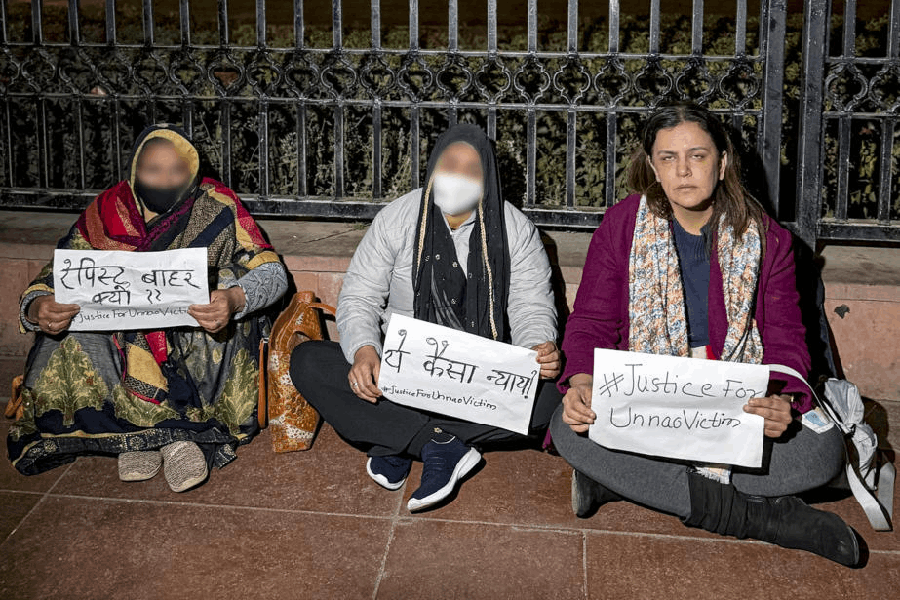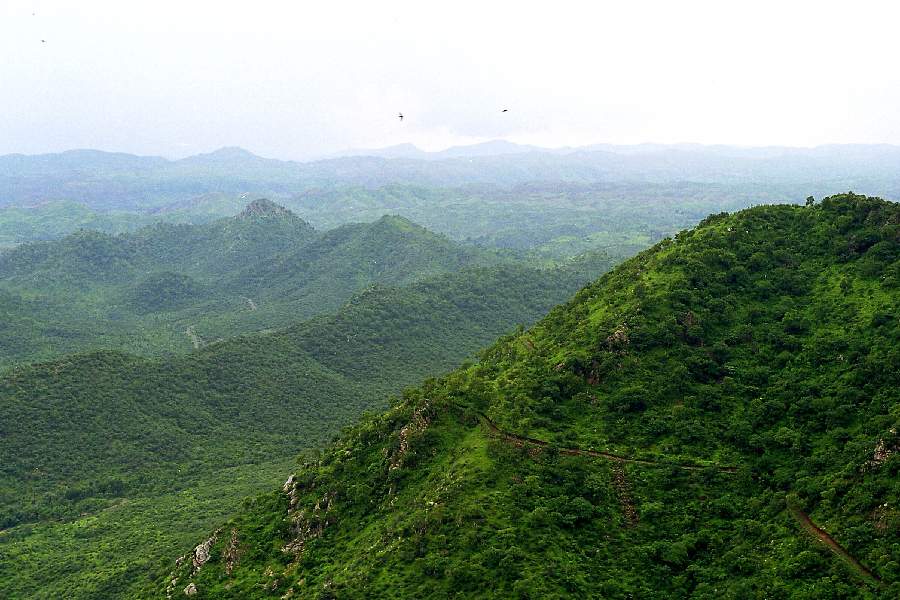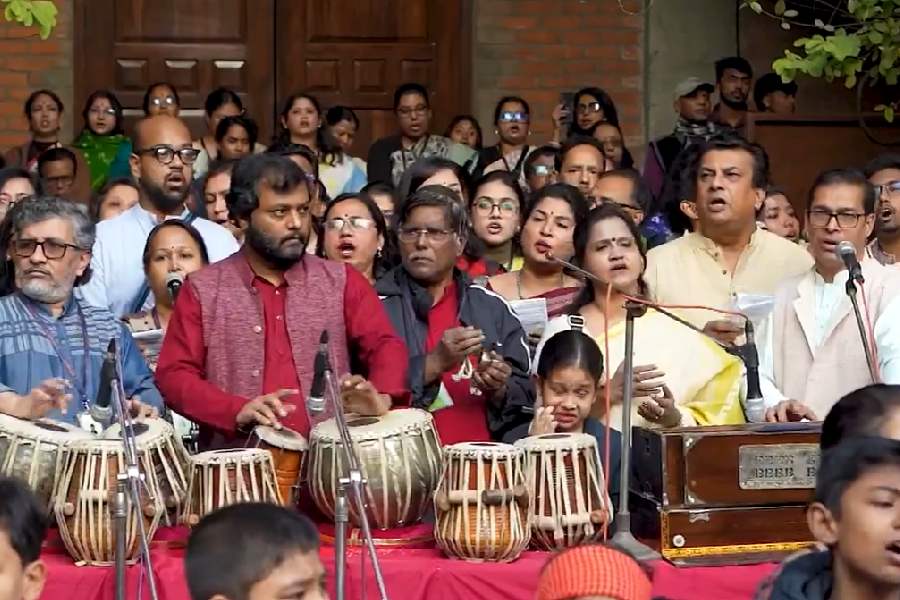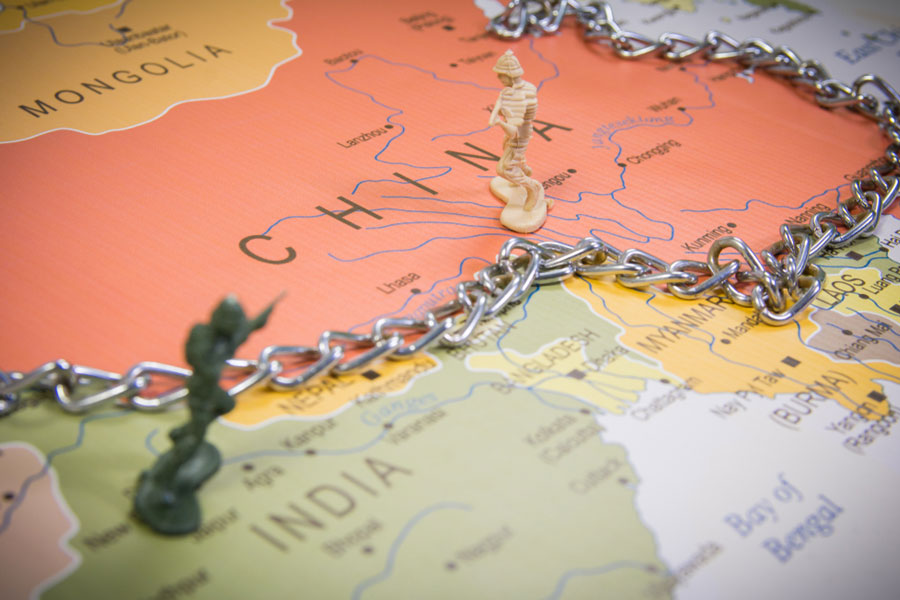 |
Aquatica
Wednesday, 4.30pm. A bunch of boys and girls swings to DJ music at Aqua Dance where water spouts from the floor. A few families huddle around the “beach” or the Wave Pool where artificial waves lash a concrete pavement. There are some couples who have given the pools a miss to get cosy behind the shrubs — the reason why Aquatica is (in)famous as a lovers’ lair rather than an amusement park.
Factfile: Vishal Garments (now Vishal Megamart) ploughed in Rs 15 crore to set up the 17-acre fun stop near New Town, about half-an-hour’s drive from Nicco Park. It was unveiled in 2000 with 11 rides; seven more were added later, the highlight being the artificial Niagra Falls.
Footfall: It’s around 1,000 on weekdays; it doubles during the weekends. Being a water park, Aquatica draws a seasonal crowd. “Our footfalls drop by 60 per cent in the winter months. We are thinking of introducing dry rides to lure more people…. The shopping malls have robbed a chunk of our crowd but our promotional activities at Vishal Megamart help draw visitors,” says Rajesh Tewari, the promotional head of Aquatica. The authorities let out the lawn for parties to boost earnings. Corporate meetings and entertainment dos account for about five to 10 per cent of the total revenue.
Peeve point: “I have come here after six years and I see nothing new. I would rather hang out at a shopping mall,” says Sweta Mittal. For youngster Abhro Das, Aquatica is best avoided because “it has a bad reputation”.
 |
Science City
Students of two schools have come on an education trip. Some kids have hit the swings in the gardens, while their parents chat on the benches. It’s a motley crowd at Science City on a Wednesday afternoon.
Factfile: The brainchild of the central government aided by the state, Science City sprang up as an after-effect of Steven Spielberg’s Jurassic Park. The EM Bypass address occupying more then 50 acres was unveiled with an exhibition on dinosaurs in July 1997.
Footfall: About 4,500 a day. “Families make up 63 per cent of the footfall and students account for 5 per cent. The rest are tourists. There was a drop in footfall five years ago but it has picked up in the past couple of years. Sixty per cent of our revenue comes from visitors; the food stalls and the auditorium make up the rest,” says G.S. Rautela, the director of Science City.
Peeve point: The glasses at the 3-D Theatre are bad enough to give one a headache. The Mirror Magic was launched last year, and the Earth Exploration Hall is coming up. But are these good enough? “Science City is just not up to the mark. I revisited the Maritime Museum this month. They should add touch screens and information kiosks to bring the place on a par with other such spots. Only models of stuffed animals are not enough,” says Anish Roychowdhury, a 29-year-old techie.
 |
Nicco Park
A crowd of youngsters huddles around Wet-o-Wild, the Nicco Park wet park. The kids’ pool is closed for maintenance. Outside, a small crowd queues up for a ride on the Striking Cars, while some youths gather around the bowling alley. With such thin numbers, the 40-acre park looks desolate on a Tuesday afternoon.
Factfile: Nicco Park opened in October 1991 with 13 joyrides, a far better version of the erstwhile Jhilmil with its rickety toy train which Nicco Parks and Resorts took over after it was closed. The investment was Rs 8 crore. In the years that followed, the amusement park got 25 rides, the splash point Wet-o-Wild, the bowling-alley-cum-pool-parlour Nicco Superbowl and the bar-cum-restaurant Bowler’s Den.
Footfall: The annual footfall is 1.5 million, claims Partha Chatterjee, the deputy manager (marketing) of Nicco Parks and Resorts. “Of it, 60 per cent are repeat visitors. Our visitor base is mainly in the city, only 10 per cent come from the fringes,” says Chatterjee, admitting that malls and plexes have eaten into the Nicco Park pie. “Our footfall has not gone up, but neither has it gone down. And it’s because we spend about Rs 1.5 to Rs 2 crore on upgrade every year.” Renting out the lawns for parties and events is a vital revenue stream.
Peeve point: Nicco Park may be popular, but the original claim of being the city’s Disneyland is a distant dream.
“We come here three-four times a year for the kids. But we would never have come if the kids had somewhere else to go. The maintenance is poor and the staff unfriendly,” alleges Rajiv, a trader.
“The service is bad. The pool tables are not looked after, the cues are broken and often there is no powder,” grumbles Ashok, a businessman who frequents the bowling den once a month.
“The food needs to improve too,” adds M.Sc student Sudipto Karmakar.
 |
Clown town
The 1999-born Clown Town looks like a ghost town, with the huge iron gates slammed shut. Even two years back, the vast stretch of 95,000 sq ft in Patuli boasted go-carting and ice-skating tracks, a park for children and a cafeteria.
“We used to have a decent crowd over the weekends but that’s not enough to survive. We rented out the premises to corporate parties but even that was seasonal. The maintenance cost was escalating and it stopped being commercially viable,” says one of the proprietors. The mushrooming of malls drove the final nail into the Clown Town coffin. “The concept of hanging out changed with the malls. You don’t need to spend money to do that unlike in an amusement park.”
 |
Funcity
Fun no longer lives in Funcity. The long drive down potholed roads has taken a toll on the wet-and-dry park sprawling over 11 bighas on Bakrahat Road, near Thakurpukur. It ran for four years, from 2002 to 2006.
“The location was not right. It takes a long time to reach there…. Funcity initially did well but the footfall slipped by 40-50 per cent after two years. We had organised a lot of promotional events but nothing helped. These days, it takes a lot more to woo people. Ideally amusement parks should have better washrooms, restaurants and rooms for people to stay back,” explains Anurag Chirimar, one of the partners of Funcity.
The owners, who had initially invested Rs 4 crore in the park, shut shop and sold off the plot to a real estate company.


